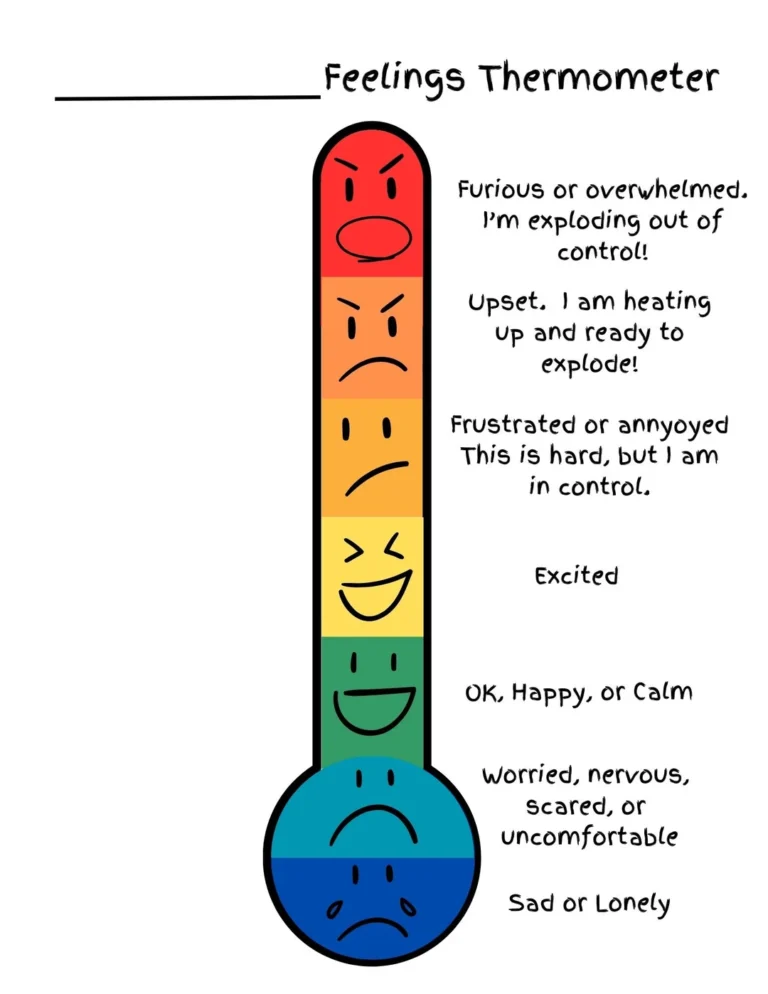
+91- 9444 222850
buddingblossomrehab@gmail.com

Raising a child with autism spectrum disorder (ASD) comes with unique challenges, particularly when it comes to managing behavioral challenges in children with autism. Children with autism often experience difficulties in communication, social interactions, sensory processing, and can display behaviors such as meltdowns, aggression, or self-injurious behaviors. These behaviors may be a way to communicate frustrations, sensory overload, or a need for attention. However, with the right autism therapy techniques and behavioral support, parents can help their children overcome these challenges.
In this guide, we’ll explore proven strategies for managing autism behavior, the importance of early intervention for autism, and parenting tips for children with autism that can help improve your child’s emotional regulation and social integration.
Children with autism often display spectrum behavior that can be perplexing to parents. These behaviors include:
Recognizing the root causes of these behaviors is essential. Autism behavioral therapy tips and autism coping strategies focus on understanding the needs of your child and teaching them alternative, positive ways to express themselves.
One of the most effective strategies is Positive Behavior Support (PBS), which focuses on autism behavioral support. PBS aims to understand the triggers behind challenging behaviors and teach children alternative behaviors to communicate needs and emotions. For example, instead of acting out, a child can be taught to use social skills training for autism or simple gestures to express frustration.
ABA is one of the most well-known and effective treatments for autism. It’s a structured approach to teaching children new skills while addressing challenging behaviors.
Many children with autism thrive when they have a predictable environment and routine. Sensory integration therapy for autism can be beneficial, as well as creating a structured environment to reduce the risk of challenging behaviors.
Many children with autism have sensory sensitivities, which can trigger autism meltdowns or self-injurious behavior. Managing these sensitivities with sensory-friendly strategies can help reduce distress.
Children with autism often struggle with emotional regulation, which can lead to outbursts or autism aggression. Teaching your child how to manage emotions can drastically reduce these behaviors.

Parenting a child with autism can be overwhelming, but you don’t have to navigate these challenges alone. Building a support system for autism parents is crucial for emotional support and practical advice.
Overcoming behavioral challenges in children with autism requires a combination of patience, understanding, and structured approaches like Occupational therapy, ABA, Positive Behavior Support, and sensory integration therapy for autism. By using these strategies, parents can help their children manage autism meltdowns, aggression, and other difficult behaviors while promoting emotional regulation, social skills, and autism communication strategies. With the right resources and support, every child with autism has the potential to thrive and reach their full potential.